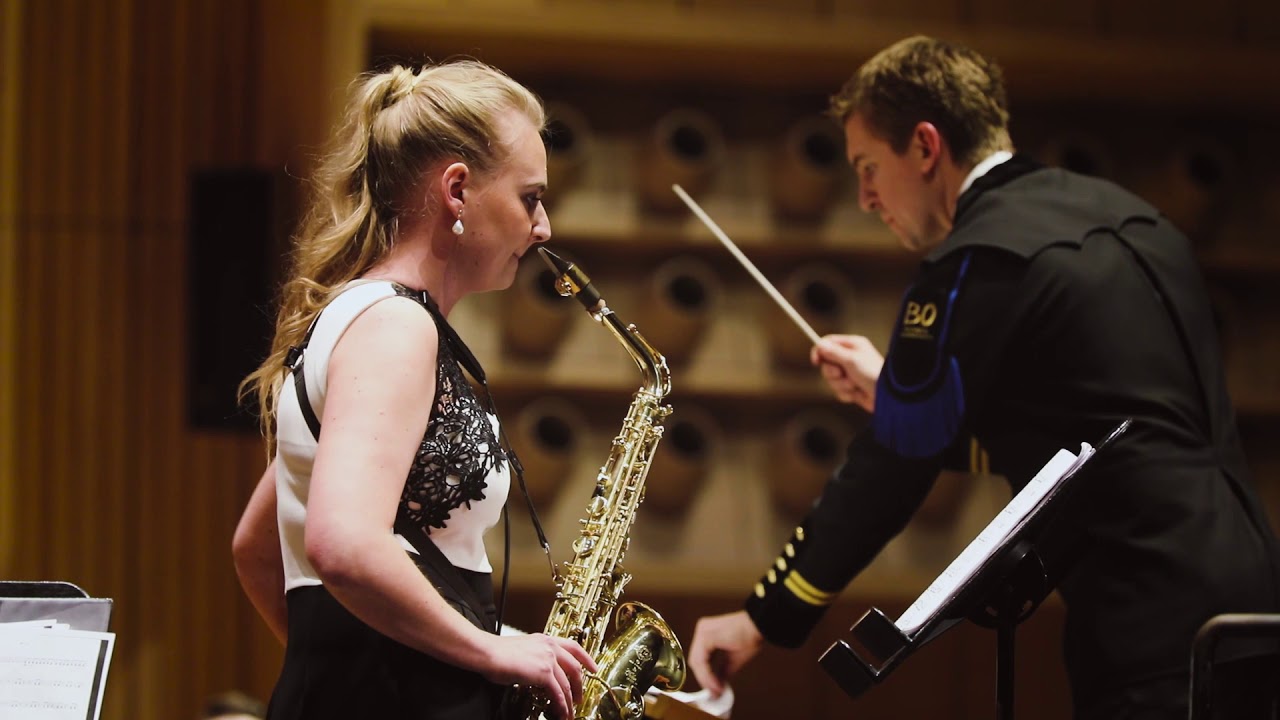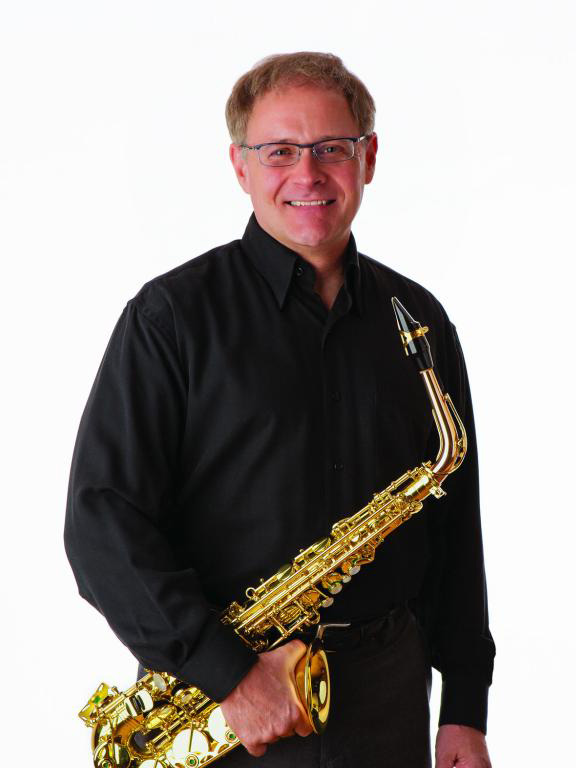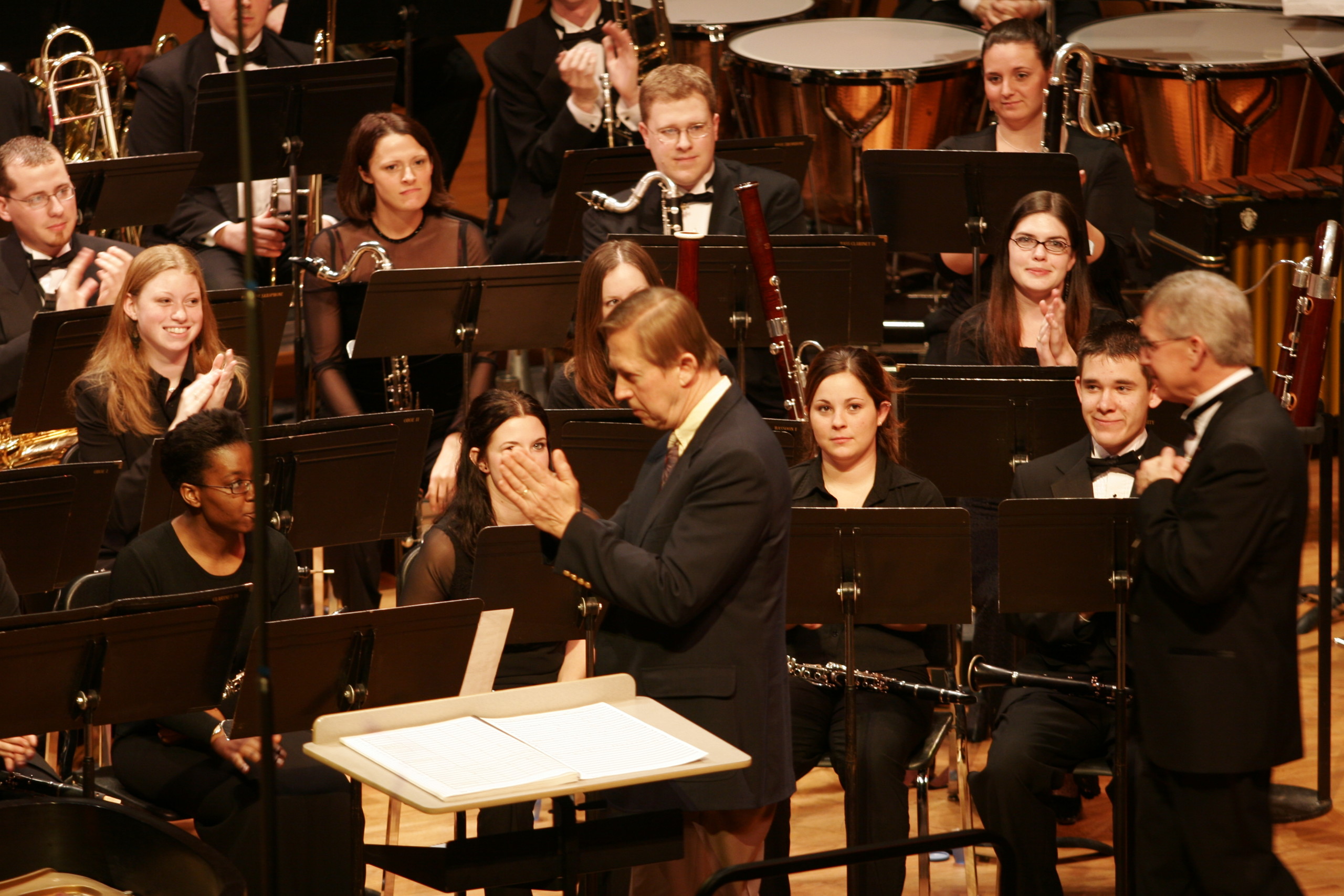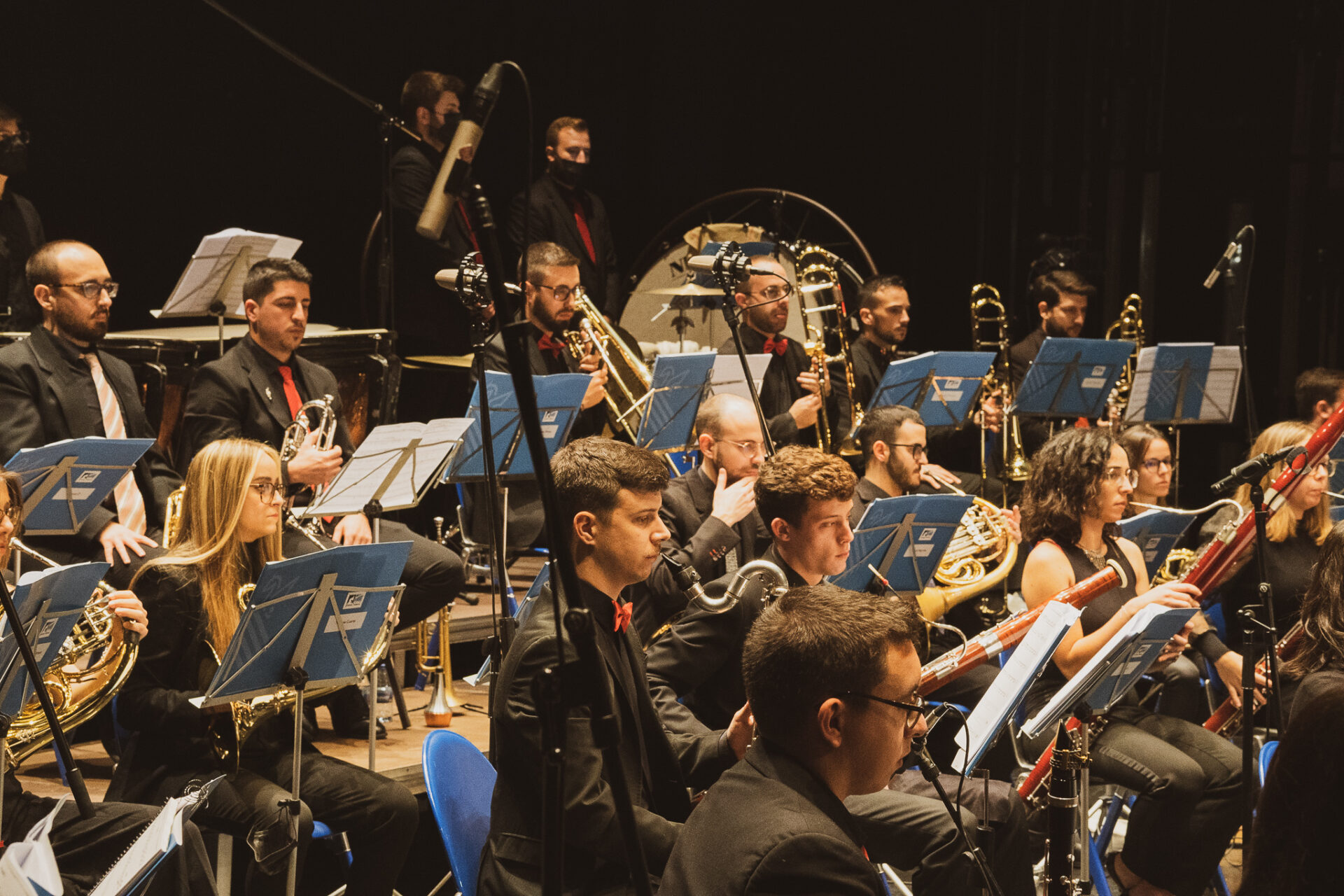Maslanka Weekly highlights excellent performances of David Maslanka’s music from around the web.
With fourteen compositions featuring the saxophone or saxophone quartet, David Maslanka was one of the foremost composers of classical saxophone music in our day. His saxophone pieces are well-known and performed around the world.
This week, we feature three beautiful new solo performances of works for alto saxophone: Concerto for Alto Saxophone and Wind Ensemble – Movements I and III, and Sonata for Alto Saxophone and Piano – Movement I.
Concerto for Alto Saxophone and Wind Ensemble
From David’s Program Note:
This concerto turned out to be a good deal larger than I would reasonably want. As I got into the composing, the ideas became insistent: none of them would be left out! The format of Songs and Interludes arises from my other recent works for saxophones (Mountain Roads for saxophone quartet and Song Book for Alto Saxophone and Marimba) and suggests a music that is more intimate than symphonic. There is a strong spiritual overtone with quotes from Bach Chorales, and from my own works, Hell’s Gate and Mass. A story is hinted at which has the Crucifixion right smack in the middle – the climax of the third movement quotes the “Crucifixus” from the Mass. I don’t know what the story is, only that it wants to be music, and not words.
I. Song: “Fire in the Earth”
Walking through a Montana field on a brilliant late fall day, three images came in rapid succession: a distant row of red plant stems caught by the morning sun, snow on the surrounding high mountains, green grass at my feet. The following poetic image came:
Fire in the earth
Snow in the heavens
New green grass in the middle of November
This is a quiet, emotional music – sometimes not so quiet – contained by a very simple song form.
II. Interlude: “Bright Window, Your Night is Full of Stars”
“Bright Window” is the soprano song right before the Credo in my Mass. I have transcribed it whole as a beautiful song for the solo saxophone. The words of the original song reach out in prayer to the Holy Mother and ask for a personal connection with all that is. This music is dedicated to the memory of Joseph Christensen, Director of Bands at Iowa State University, whose untimely death was a shock to his many friends.
III. Song: “Dear Jesus, what have you DONE?!”
This music grows out of the chorale “Herzliebste Jesu, was hast du verbrocken” (“Dearest Jesus, what law did you break”). The chorale is the starting point for a huge upsurge of powerful emotion, cresting with the climax of the “Crucifixus” from the Mass. Dear Jesus, what have you done to get yourself crucified?…And then you drag the rest of us up there with you!!
IV. Interlude: “Starry Night”
“Starry Night” is not a quiet night! There is both mystery and playfulness in this music, and playfulness finally wins out, erupting into an extended dance episode with a very Baroque feel. Of all the movements, this one is most nearly a scherzo.
V. Song: “Mortal, have you seen this?”
In the Book of Ezekiel, the prophet has a vision of a man “whose appearance shone like bronze.” The “Bronze Man” shows him the Holy City. He then leads him into a deep and very wide river that cannot be crossed, and says “Mortal, have you seen this?” Where the river enters the sea the water becomes fresh; everything will live where the river goes; trees along the river will not wither, their fruit will be for food, their leaves for healing.
This movement is an echo of the third. It opens and closes with what has been called the “coronation” music from my composition Hell’s Gate – in this case played very softly and inwardly.
Watch below as Alois Papst leads Evelyne Leeb, Alto Saxophone and the Voestalpine Blasorchester in a marvelous performance of Movement I.
More info
- Evelyne Leeb
- Alois Papst
- Voestalpine Blasorchester
- Concerto for Alto Saxophone and Wind Ensemble @ davidmaslanka.com
Watch below as Russell Sweet, Alto Saxophone and Casey Rafn, Piano give an exciting performance of Movement III.
More info
Sonata for Alto Saxophone and Piano
From David’s Program Note:
The Sonata was commissioned by the North American Saxophone alliance for its 1989 convention. It is in three large movements. The first is lyrical and reflective, with sudden energetic bursts. The song-like and soulful second movement is a broad soliloquy with its roots in the expressive madrigal style of the sixteenth century. The third is a large rondo that is at times fierce, mournful, playful, and turbulent, and at the end, ethereal.
Watch below as Thomas Kurtz, Alto Saxophone and Galen Dean Peiskee, Piano give a thrilling performance of Movement I.
More info
We would love to hear from you! If you know of any outstanding performances of David Maslanka’s music on the web, please email us at maslankaweekly@maslanka.org.



